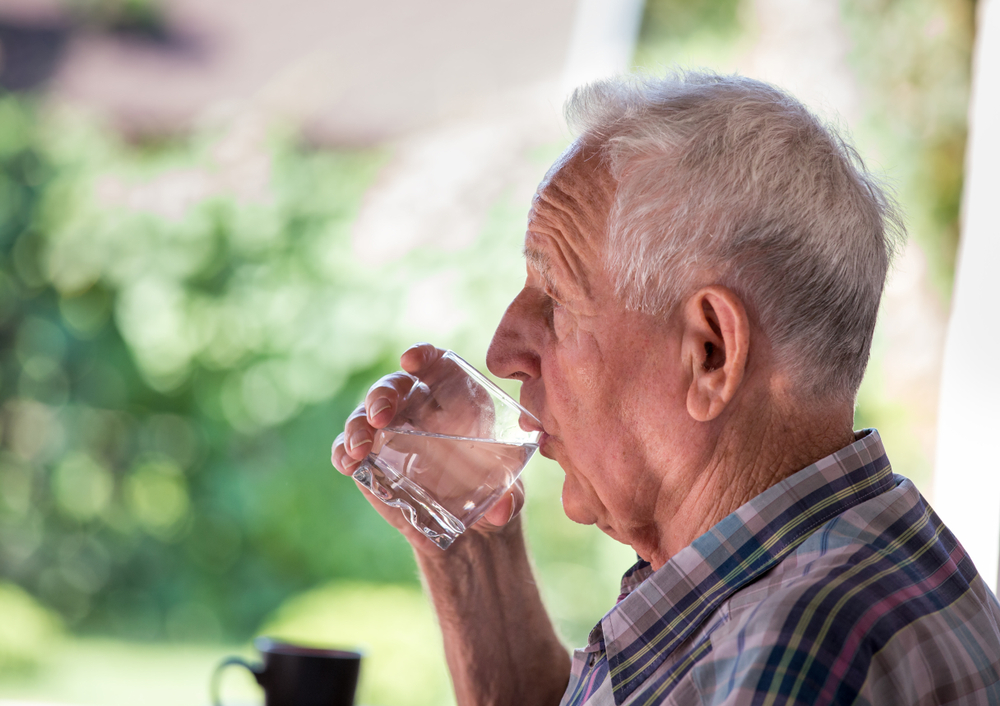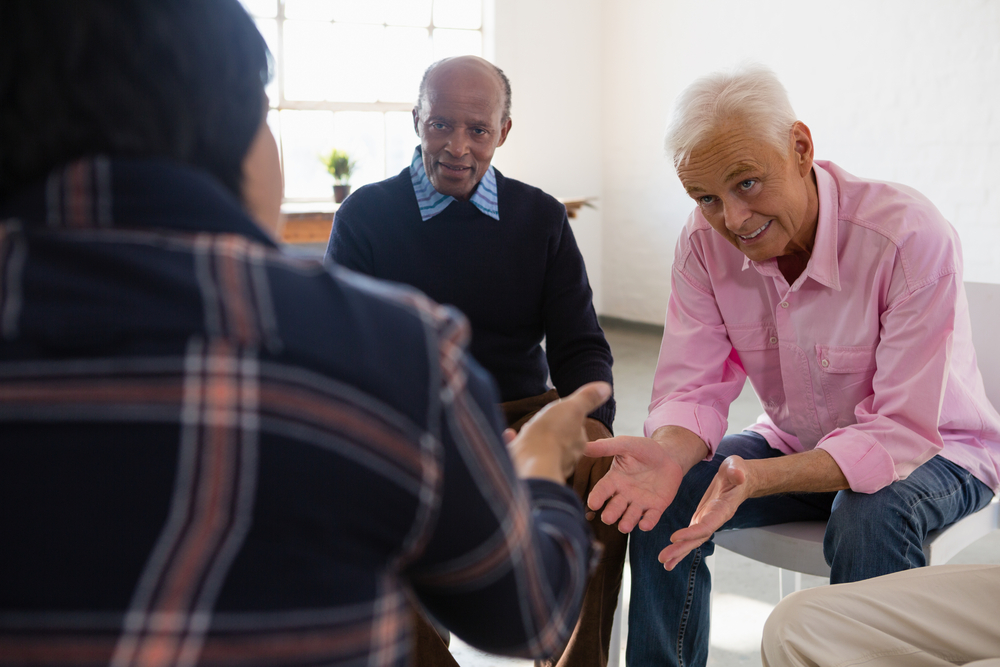Symptoms of Protein Deficiency in Elderly Adults
Category:

When it comes to protein, elderly adults need to ensure they get the right amount of it. Protein helps older adults build and maintain muscle mass while also helping to heal wounds and fight diseases. In this post, we will review elderly protein needs, the dangers of low protein, the symptoms of protein deficiency in elderly adults, and how to ensure elderly adults get the right amount of protein.
How Much Protein Do Elderly Need?
Protein needs for elderly are very important. Too little can cause malnutrition and muscle loss, which can lead to decreased physical function. These situations can increase an older adult’s risk for falls and hospitalization. Meanwhile, too much protein can cause dehydration. We’ll review some of the dangers of low protein and some symptoms of protein deficiency in the next few sections. Researchers say that the Recommended Dietary Allowance is 0.36 gram per pound of body weight daily, or 54 grams for a 150-pound person.
Dangers of Low Protein in Elderly
When older adults don’t get enough protein, it can result in several harmful health conditions and problematic bodily functions. Dangers of low protein for elderly include:
-
Sarcopenia. This condition, which typically starts around age 45, involves the loss of muscle mass at a rate of approximately 1% per year. The muscle loss associated with sarcopenia is directly tied to protein deficiencies and lack of physical exercise.
-
Overall muscle loss. If an older adult is trying to lose weight, they may end up losing the necessary protein in their body. This can lead to losing muscle, which could prove detrimental to physical strength.
-
Bone loss. While there is limited research to prove this, one study from the Journal of Bone and Mineral Research found that people who consume less animal protein had increased bone loss.
Protein Deficiency Symptoms
When an older adult’s protein intake doesn’t meet their bodily requirements, it can result in protein deficiency. Symptoms of protein deficiency in elderly adults include:
-
Protein cravings
-
Sugar cravings
-
Fatty liver
-
Hunger
-
Weakness and fatigue
-
Loss of muscle mass
-
Skin, hair, and nail problems
-
Edema (swollen and puffy skin)
-
Impaired immune function or slow-healing injuries
-
Increased risk of infections
-
Risk of bone fractures
Download Our Sleep Habits Guide
Optimizing the Right Amount of Protein for the Elderly
The National Resource Center on Nutrition and Aging offers a few key strategies for optimizing protein intake for older adults. Below, we will list out the strategies — from shopping for food all the way to putting it on the table.
-
When Shopping
-
Buy food that is naturally high in protein, such as eggs, lentils and meats
-
Read labels and nutrition facts for protein content
-
-
When preparing meals
-
For breakfast, prepare meals such as eggs and Greek yogurt
-
Prepare high protein foods at every meal throughout the day
-
Include meat, beans, and lentils throughout the week in meal prepping
-
-
When serving
-
Drink beverages high in protein, such as milk or milk-alternatives (i.e., soy milk, oat milk, or lactose-free milk)
-
Eat high-protein foods as snacks throughout the day
-
Subscribe
Date: May 4, 2023
Category:


